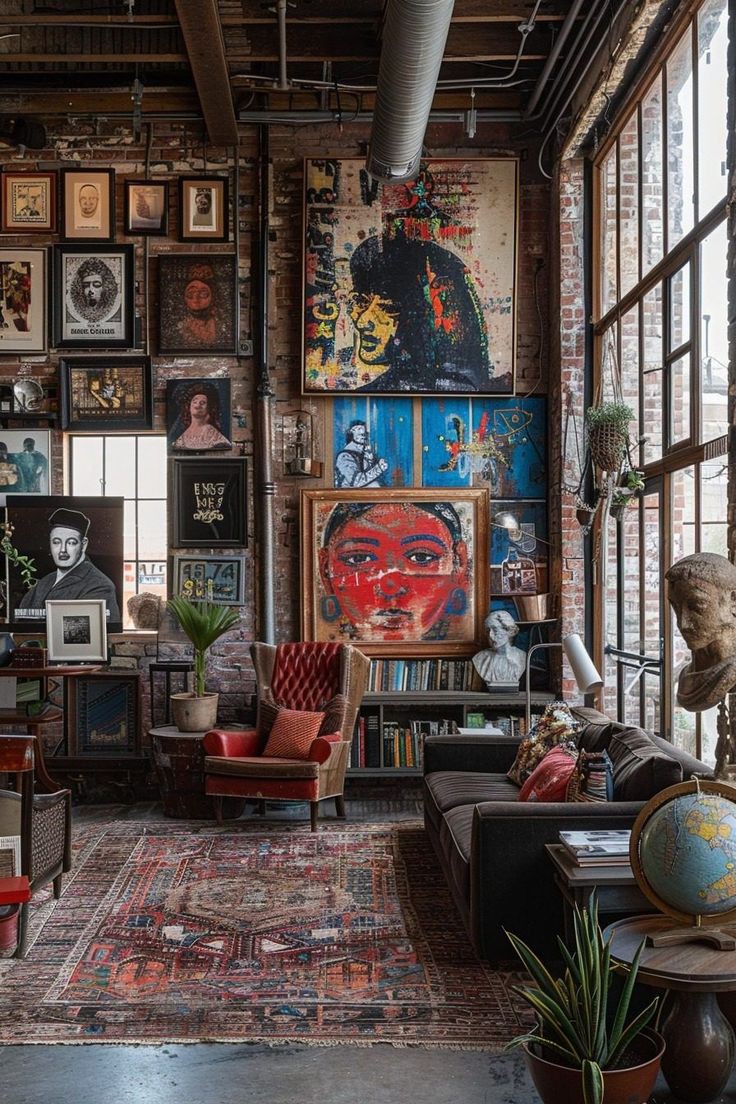"Your environment is not backdrop; it is the medium through which thought emerges."
The Subtle Architecture of Mind
Every object, surface, and light source whispers to your nervous system. Rooms are not neutral; screens are not silent. Even the most fleeting textures of space shape perception, attention, and creativity.
Curated spaces are invitations: to focus, to imagine, to inhabit a state of presence rather than distraction. They are architectures for consciousness, quietly guiding thought as air guides breath.
Environmental Noise
Modern life fragments our attention across layers of input:
- Open-plan offices that demand constant adaptation
- Cluttered digital desktops and notification-heavy devices
- Overstimulating cityscapes that erode reflective states
"Ambient cognitive friction drains mental energy and interrupts flow."
The result is ambient cognitive friction — subtle resistance that drains mental energy and interrupts flow. We are living in a sea of uncurated stimuli, often unaware of the toll they extract.
Physical + Digital Symbiosis
Conscious spaces combine physical and digital dimensions:
- Physical Layer: furniture, light, color, and spatial rhythm. Minimalist, intentional arrangements reduce friction and support movement.
- Digital Layer: device placement, interface design, workflow order. A well-curated digital environment extends attention rather than fragments it.
Both layers are interdependent. The physical can scaffold the digital, and the digital can sculpt the physical — together forming a system that nurtures presence and creativity.
Principles of Spatial Curation
Principle 1: Reduce Friction
Every object, cord, and notification has a cognitive weight. Declutter, organize, and standardize your environment to reduce unnecessary resistance.
- Clear desks
- Tactile organization tools
- Silent digital modes
Principle 2: Align Aesthetics and Function
Beauty and utility need not be separate. Select elements that both please the senses and facilitate action.
- Natural lighting that enhances circadian rhythm
- Soft textures that invite touch
- Color palettes that support calm attention
Principle 3: Introduce Intentional Nodes
Create points of attention and reflection within spaces:
- A meditation corner
- A sketchpad by the window
- A single device-free zone
These nodes act as anchors, guiding the mind toward focus and reflection.
Principle 4: Flow Between Spaces
Consider transitions: the path from desk to window, from bedroom to balcony, from device to notebook. Design movement as a ritual of awareness, where each step cues a shift in mental state.
Habiting the Space
A curated space is not static; it is lived:
- Engage with objects intentionally
- Let light, texture, and arrangement guide thought without dictating it
- Observe how your mind responds and adjust slowly
"Your space can become an extended mind — a co-creator of attention and creativity."
Your environment becomes an extended mind, a co-creator of attention, creativity, and serenity.
Spaces as Cognitive Companions
The next evolution of conscious living may not lie in smarter devices alone but in spaces that themselves think and adapt:
- Furniture that responds to posture and energy
- Lighting and sound that sync with circadian and attention cycles
- Digital overlays that minimize distraction and highlight significance
The ideal environment will not just house life but extend consciousness, gently steering awareness toward clarity, reflection, and creation.
EPILOGUE: BEYOND DECORATION
The most radical possibility isn't that we need more beautiful spaces—it's that we need more conscious spaces.
Curate your environment with intention.
Design spaces that shape thought.
What if our environments aren't just containers for life
but active participants in consciousness?
What if we're not just arranging objects—we're arranging attention?
The space is not passive.
It is the silent partner in every thought.
Continue Your Journey
Explore more about conscious living and environmental design

The Architecture of Optimal Sleep
Exploring sleep as conscious architecture - a living system that rebuilds the mind each night

Conscious Travel in the Digital Age
Exploring how to move through space while preserving the inner landscape

Automating the Mundane
Exploring automation as the redistribution of cognitive capital
